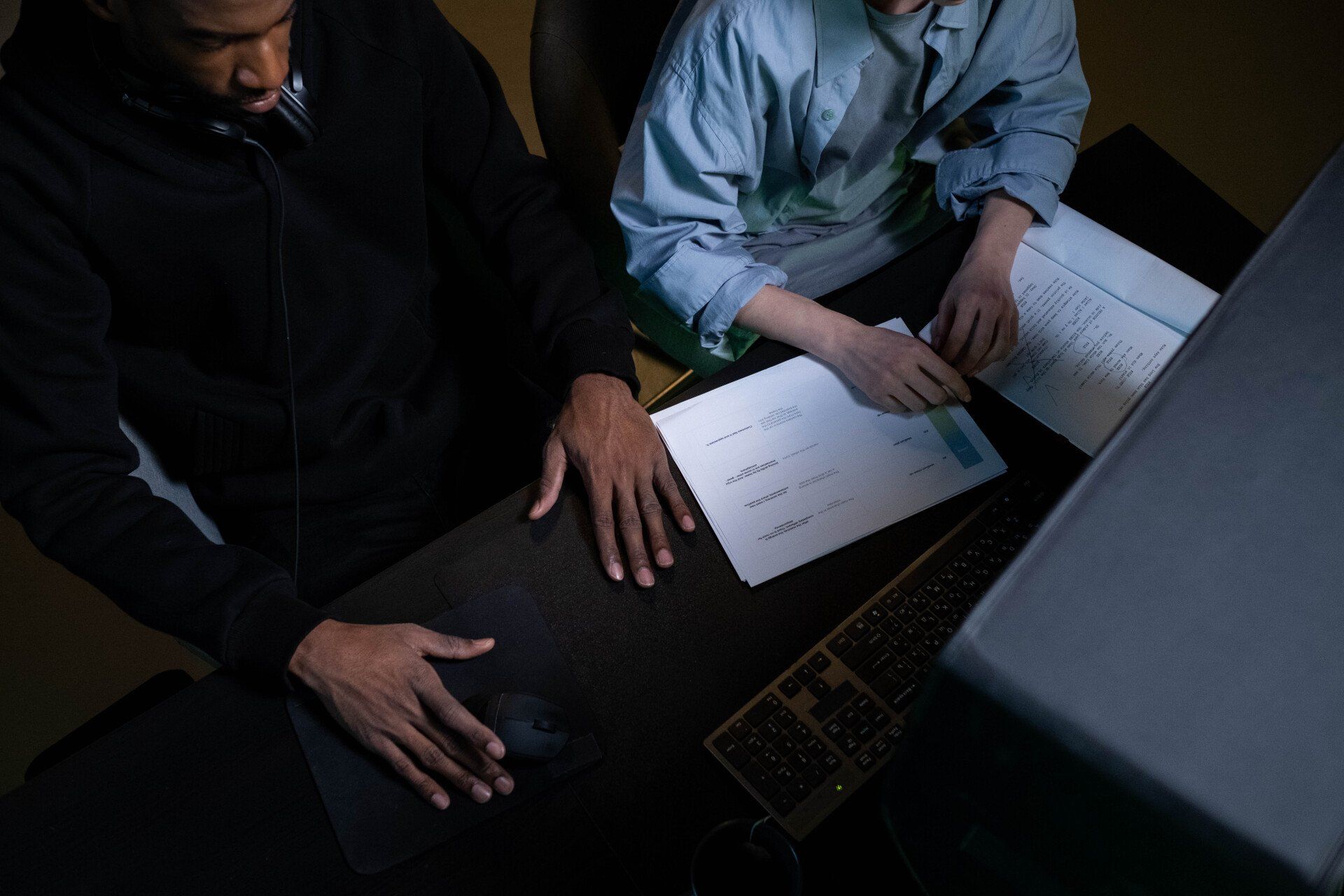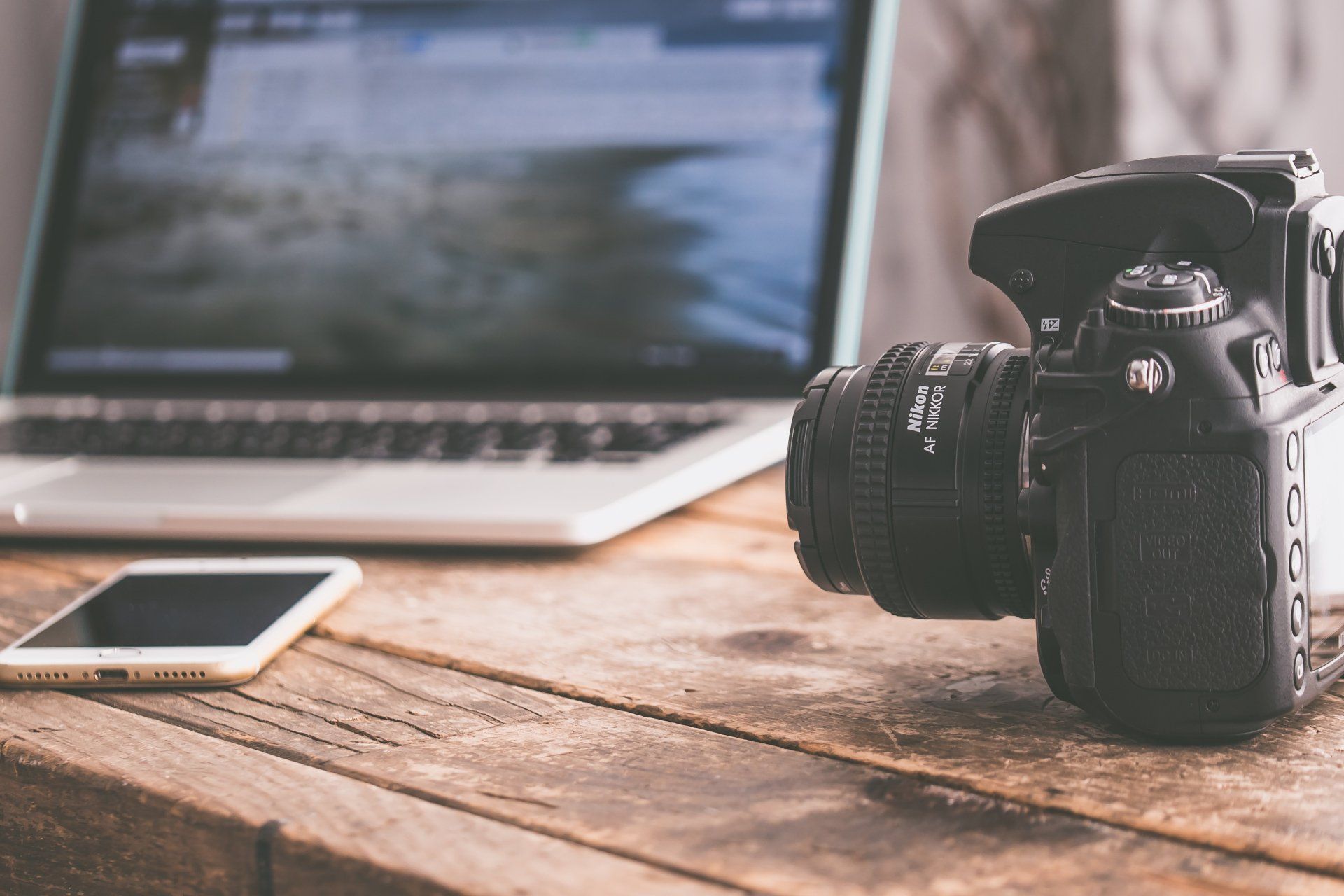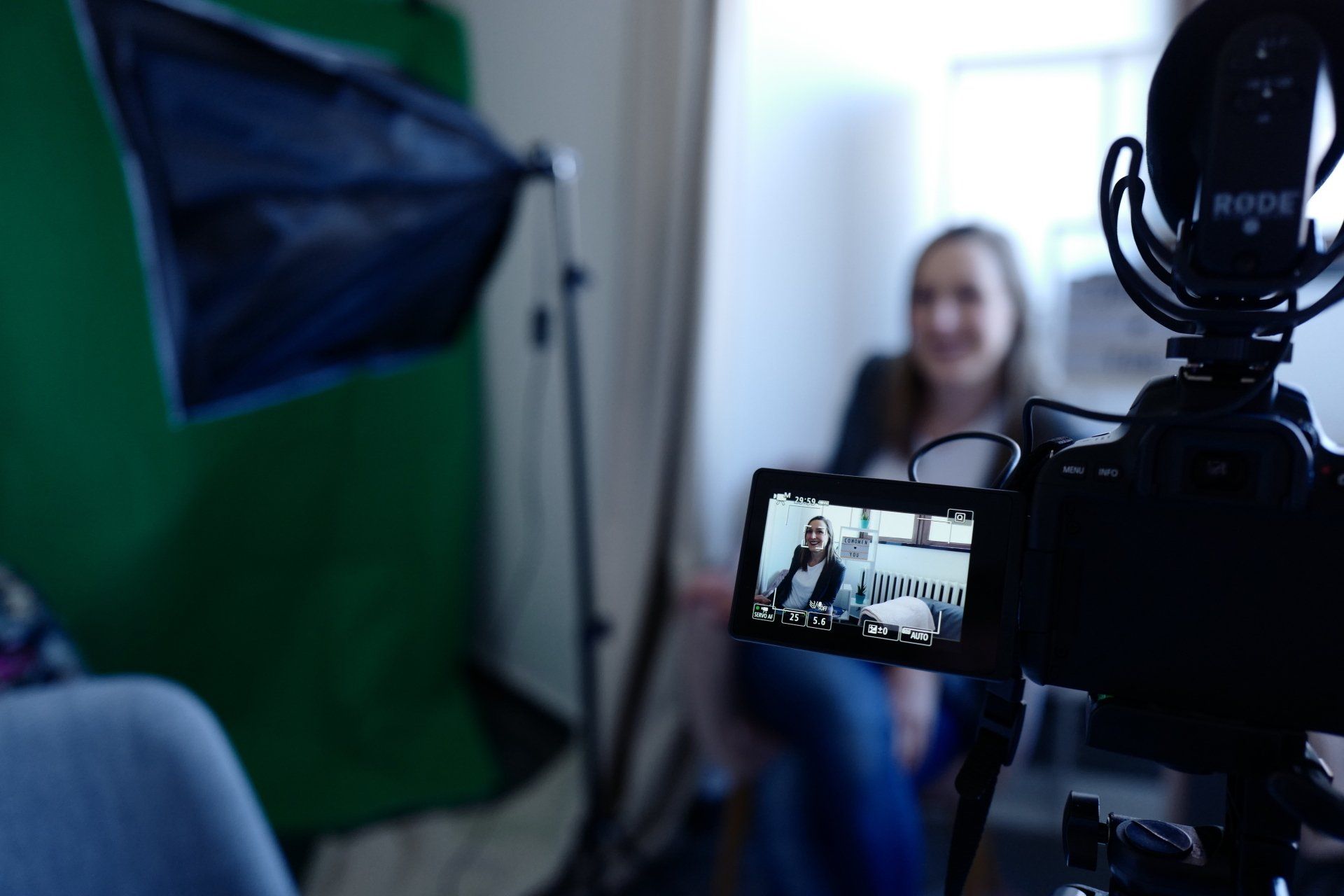VIDEO & MOTION DESIGN
Move them with movement
Video has a way of communicating quick and efficiently.
Social media and cell phones have made video production attainable for anyone. The bar has been raised and there are many ways to communicate on video without hiring a full crew. Below are the four key aspects of creating a video. Each one requires an encyclopedia to explain, but should provide an introduction to expectations.
Story Boarding
This is the first and most importand step of any video. This is when you plan out what text, audio, photos or videos will coincide and where they are in the video.
Videography
Refers to the artistry of capturing moments, environments, and people through cameras and video equipment.
Motion Design
Motion design is knowing how to make things move gracefully and look good. Explainer videos typically rely on motion design and are more illustrative making them great for visually telling a story quickly with concise messaging.
Editing
This is where all of the planning, filming, animation, and music come together to tell the story. Good editing is not noticeable because it does not distract from the message.
Explainer Videos
An explainer video is very common and typically involves a thoughtful voice over script and a storyboard that incorporates visual elements that help the audience understand simple or complex concepts.
Factors to consider:
Video is a popular format online and millions of videos are uploaded every hour of every day. To be sure your video doesn't get buried and may have the potential to last will require planning, creativity, and thoughtful script writing.
4 factors to consider are Purpose, Content, Location, and Budget. Communicating your budget and timeframe limitations at the onset of the project will save time and manage expectations of what is possible. Explore the tabbed interaction to see what may help you with planning out your next video project.
What will the video accomplish?
"What am I going to say?" is the wrong question to ask when starting a video project. In stead, we propose you ask, "What am I trying to accomplish?" This ties into a bigger goal that will tell you whether you are spending too much time on a video that will be obsolete in a month. However, if you want to clearly tell the history of your business, that video could stick around in training materials for years to come. Knowing the goal will typically determine the amount of time. Launching a product is a big deal, but also consider how you can use the video to continue to promote the product long term and solidify the brand.
Tell a story.
If you're thinking, "I've got this. I'm funny, charming, confident, and don't need a script." You will likely double the length of the video from the original length. We can help you develop the script, and keep the messaging tight and concise so maybe you can use your video advertisement in the 30 second spot if you want to.
Creativity really matters here. In a video saturated culture where we can see thousands of videos with the swipe of a finger, there are only a few that are worth watching. Make sure your video tells a story that can keep your audience engaged and hopefully remember what you had to say.
Where are we filming?
Not all videos require an on site video shoot. We agree - retail, restaurants, medical, or hospitality may benefit from video of the location. This may require planning and a possible location visit before the video shoot to build the shot list and know what equipment may be necessary for the day of shooting. This adds to the bottom line.
Consider your industry. If you are in a service industry that opperates out of a typical commercial space, you may be proud of your space, but perhaps a better investment would be an explainer video that unpacks your services offered and may not require any site visit. Again, consider what you are trying to accomplish from the video and let that determine the direction.
How much video can you afford?
How long is your video? Will there be filming on site involving a production crew, lighting, audio, etc.? Storyboarding, creating a shot-list, licensing audio, and editing the video all contribute to the cost. Knowing your budget will help you know what the next steps will be. You may be surprised at what professional looks you can achieve on a budget. A common solution we can offer is the opener and custom transitions for you to add to your videos on your channels to keep your brand consistent across your videos.
Ready to tell your story?
Let's layout that story and create something that moves people.



